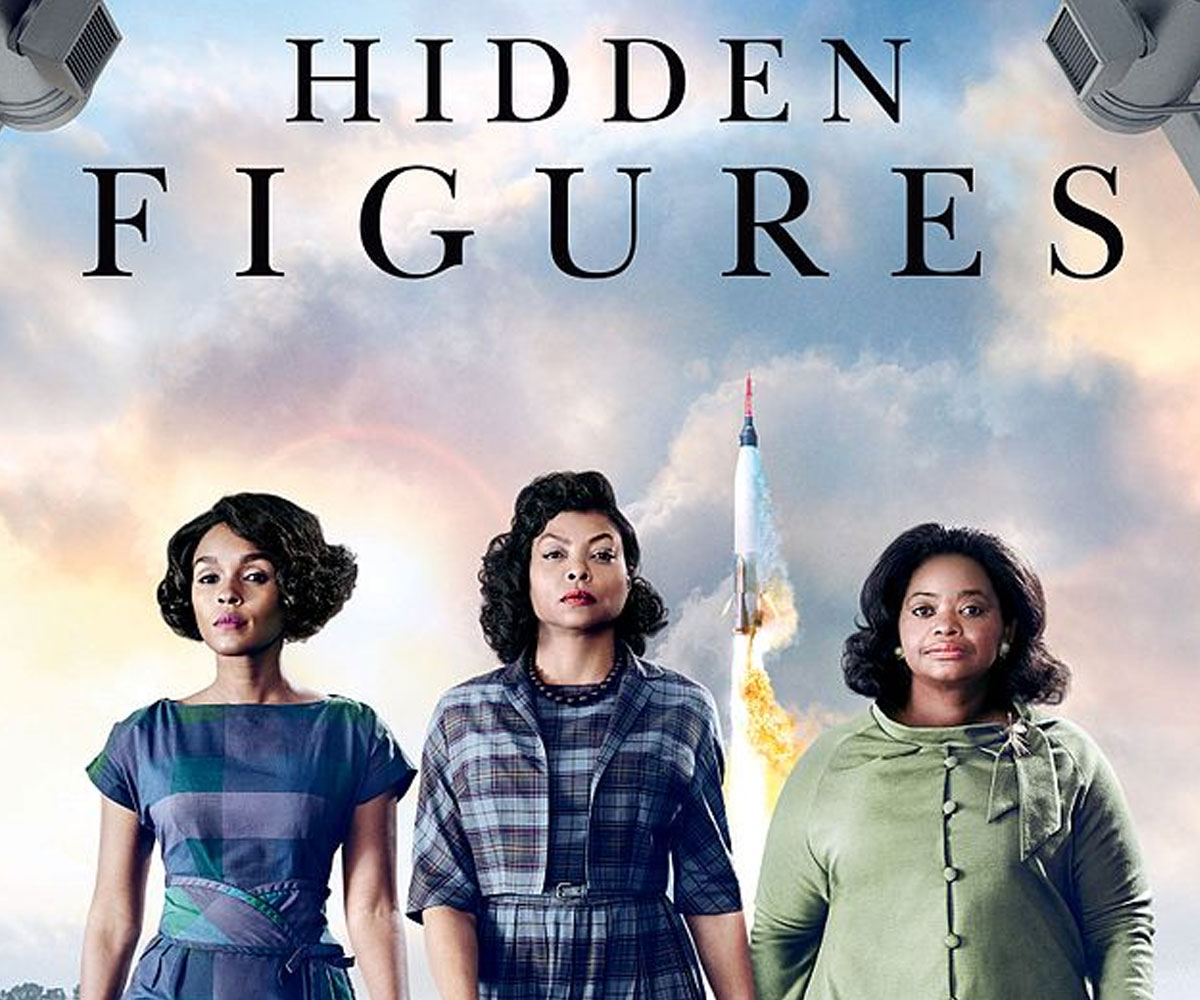
‘Hidden Figures’ to highlight the Space Race and accomplishments of ‘human computers’
On Nov. 24, 2015, President Barack Obama awarded the Presidential Medal of Freedom to NASA mathematician and “Human Computer” Katherine G. Johnson for her work in the space program, this includes the Mercury missions in the ‘50s and early ‘60s, through the Apollo moon missions in the late ’60s and early ‘70s, and ending with the space shuttle missions in the mid ’80s. She calculated and/or verified the calculations for the flight trajectories for Alan Shepard, the first American in space, and John Glenn, the first American to orbit Earth.
During the 1960s, a significant number of women worked in professional positions behind the scenes at NASA and the agency before it, the National Advisory Committee for Aeronautics (NACA). Referred to as “Human Computers,” these women performed calculations by hand for engineers that included safe re-entry angles, rocket trajectories and wind resistance because electronic computers that could perform these calculations did not exist yet.
The Human Computers at NASA Project, a collaborative project at the Macalester College’s American Studies Department designed to provide African American women with credit who began working at NACA in 1943.
Hundreds of “Human Computers” were women. It was an era when, as then President Lyndon B. Johnson stated, “the computer wore a skirt.”
In the 1950-1960 pre-civil rights era, during the height of segregation, the black women performed the same work as their white co-workers but in the segregated West Area Computers division of Langley Research Center. Both groups worked at Langley, and they reported up through the same channels, but The Human Computers at NASA Project revealed that some of the white staff had no idea that a separate set of African American workers even existed.
“They’re more resilient than I could imagine,” said Duchess Harris, an American Studies professor at Macalester College in Minnesota who is part of the “Human Computer Project.”
The story of these human computers will appear on the big screen Dec. 25. The film “Hidden Figures,” based on the book by Margot Lee Shetterly, stars Taraji P. Henson as Katherine Johnson. It recounts the story of the African-American mathematician Katherine Johnson (Henson) and her two colleagues, Dorothy Vaughan (Octavia Spencer) and Mary Jackson (Janelle Monáe), who, while working in the segregated West Area Computers division of Langley Research Center, helped NASA catch up during the Space Race.
The Space Race was a competition between the United States and the Soviet Union that took place from 1957-1975, during The Cold War era, for the supremacy of spaceflight. The Soviets successfully launched the first artificial satellite in 1957, Sputnik I. America’s answer was the creation of the National Aeronautics and Space Administration (NASA) in 1958. The Space race ended in July of 1975 when the first U.S.-Soviet joint mission occurred with the Apollo-Soyez project.
Langley’s computer pool formed in 1935 as an experiment consisting of five women. The film, however, takes place during the 1950s.
The movie and book cover the exploits of Johnson, during her time at NASA as she calculated the trajectory for the moon landing, as well as for the Shepard and Glenn flights. The film also features NASA pioneers Mary Jackson, one of the first women of color to become an engineer; Dorothy Vaughan, a mathematician who was also the first African-American manager at NASA; Christine Darden, an aeronautical engineer, data analyst and computer programmer who did pioneering research on sonic booms.
Angie Montelongo, director of Orientation and New Student Programs, recommended “Hidden Figures” for the UHCL’s FY2018 Common Reader program. The book is one of three being considered.
“I think this book could be a good fit for our institution for a few reasons,” Montelongo said. “One, it is a natural tie to NASA and the science community. The most popular major for incoming first-year students has been biology for the past 2 cohorts, I think, so to have a book focused on science would help those students connect to the first-year seminar because the common reader would be in their interest area.
Montelongo suggests a book focused on the African-American community and experience would be a good opportunity to engage African-American students.
Women in science are a good angle to explore from a historical perspective along with the efforts made by women in STEM fields, explained Montelongo.
Other hidden figures in the history of NASA’s program that opened doors for the future role of women include “Mercury 13.” In the early 1960s However, the group never flew in space because of its unofficial nature and NASA’s regulations and prejudices at the time. These women became known as “Mercury 13.”
Today, we can find women of all races as engineers, chemists, flight engineers, mission specialists, physicians, astronomers and test pilots working next to the men at NASA because of those early roles created by the woman who broke professional barriers and ultimately forced the recognition and equality of genders and race.
